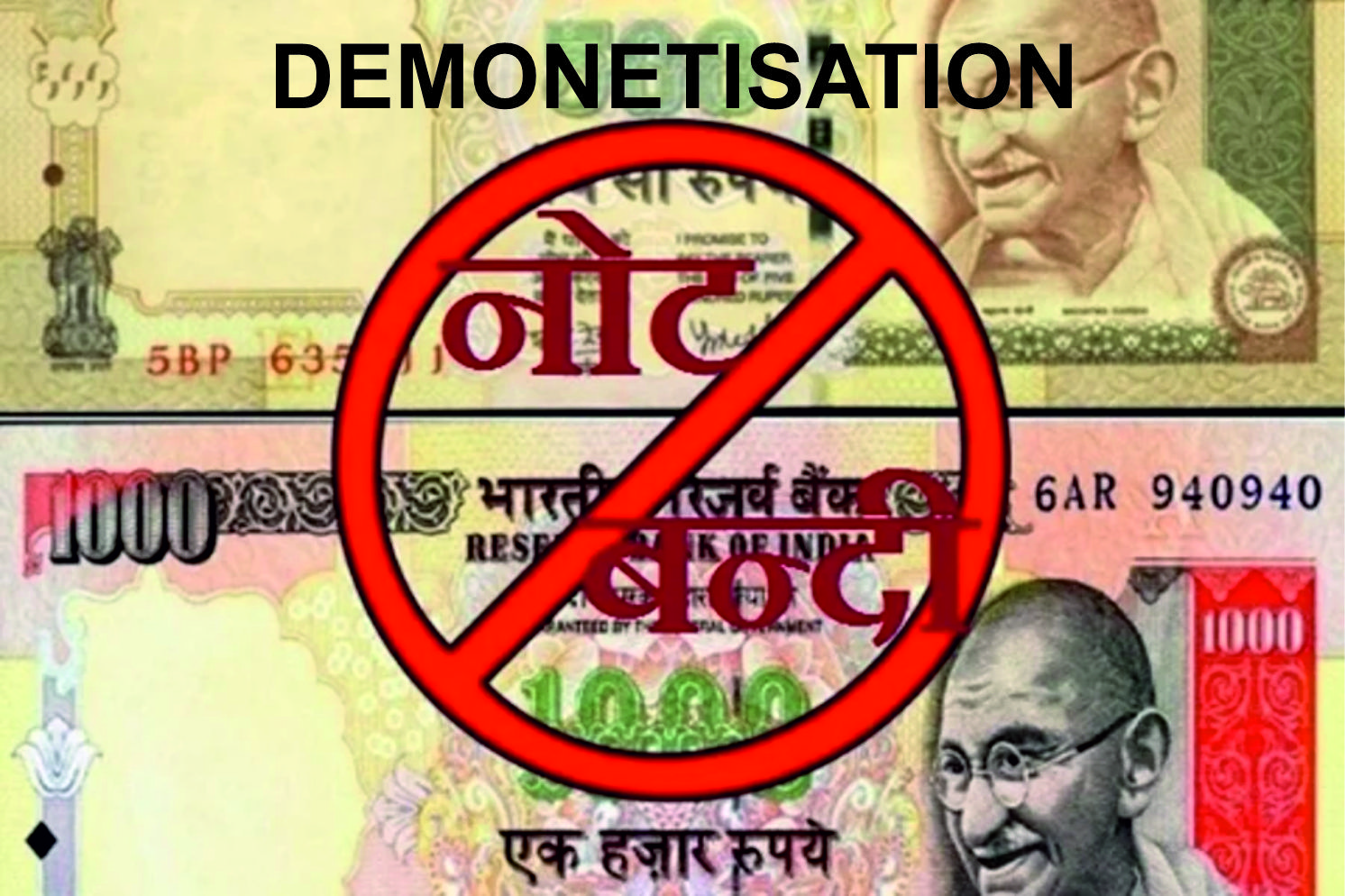India’s Geothermal Leap: Policy Push and Pilot Projects Ignite a New Renewable Era

September 20, 2025
India has taken a decisive step in its renewable energy journey with the launch of the National Policy on Geothermal Energy (2025), announced by the Ministry of New and Renewable Energy (MNRE) on September 15. For the first time, a structured roadmap will harness subterranean heat reserves for electricity, industrial applications, agriculture, and tourism—placing geothermal alongside solar and wind in India’s net-zero arsenal.
Why Geothermal, Why Now?
Global energy markets remain volatile, from uranium shortages to fossil fuel uncertainties. India, with an estimated 10 GW of untapped geothermal potential, sees this as a strategic diversification. Geothermal power offers round-the-clock baseload supply, unlike solar and wind, and emits 99% less CO₂ than coal. By combining advanced drilling with a “reuse-and-repurpose” model—like converting idle oil and gas wells into geothermal plants—India is making its clean energy transition both innovative and pragmatic.
Policy Blueprint and Incentives
The MNRE will serve as the nodal agency, supported by the Geological Survey of India’s identification of 381 hot springs across 13 provinces, with temperatures ranging from 35°C to nearly 200°C. Key measures include:
-
Creation of a national geothermal repository for open-access data.
-
Support for hybrid systems such as solar-geothermal plants and Enhanced Geothermal Systems (EGS).
-
Integration into the National Building Code via Ground Source Heat Pumps (GSHPs) for heating and cooling, reducing urban energy use by up to 40%.
-
100% FDI allowance, viability gap funding, tax holidays, and concessional loans to attract investment.
-
International partnerships with geothermal leaders such as Iceland, the U.S., and Norway for technology transfer.
Pilot Projects: From Rajasthan Deserts to Himalayan Heights
Implementation has already begun. On September 19, 2025, MNRE sanctioned five pilot and resource assessment projects worth over ₹50 crore, spread across diverse terrains. These include:
-
Barmer, Rajasthan (Vedanta Ltd.) – Retrofitting abandoned oil wells to generate geothermal power. A ₹15 crore investment will establish a 1–2 MW pilot plant, with scalability up to 50 MW.
-
Tawang, Arunachal Pradesh (Indian Army) – A ₹10 crore initiative to provide district heating for 500+ military personnel, creating zero-carbon barracks in extreme cold.
-
Puga Valley, Ladakh (ONGC/GSI Consortium) – ₹12 crore for shallow geothermal exploration and a solar-geothermal hybrid demo project.
-
Cambay Basin, Gujarat (Gujarat Energy Research Centre) – An ₹8 crore GSHP project to deliver urban cooling for 10,000 sq. m. of buildings.
-
Maharashtra’s West Coast (Private Developer, TBD) – A ₹10 crore 5 MW solar-geothermal hybrid facility with integrated desalination capability.
Analysts expect these projects to yield India’s first commercial geothermal output by 2027. While upfront drilling costs (₹10–15 crore per MW) remain a challenge, policy incentives could deliver 20–30% ROI in mature provinces. Quarterly progress reports will track their milestones.
Global and Market Synergies
India’s geothermal ambitions align with broader energy shifts. ONGC Videsh Ltd.’s global oil & gas expertise could reduce EGS drilling costs by 25%, while global players like Mercuria entering uranium trading highlight how nations are diversifying baseload options. For India, balancing nuclear, geothermal, and renewables could stabilize its long-term energy basket.
Road Ahead
By 2030, geothermal could account for 5% of India’s renewable mix, create 50,000 green jobs, and cut 100 million tons of CO₂ annually. Union Minister Pralhad Joshi summed it up: “Geothermal isn’t just energy—it’s India’s hidden treasure for a sustainable tomorrow.”
India’s geothermal leap is more than policy—it is action in motion, blending ancient earth heat with modern innovation, and setting the stage for a resilient, low-carbon future.

 173
173

 The BharatBiz
The BharatBiz
 16
16

